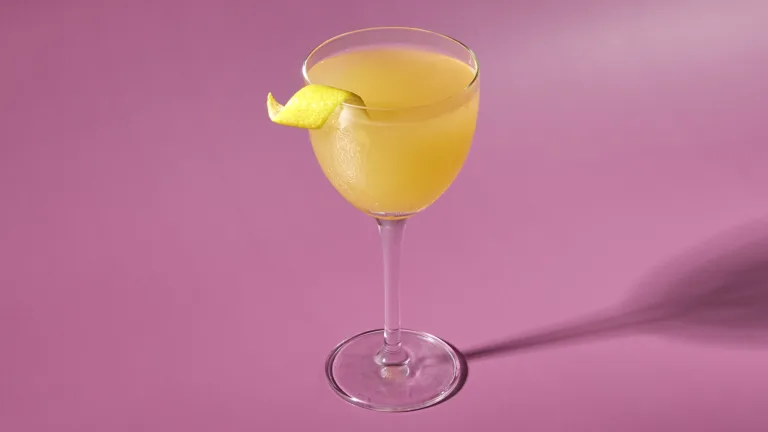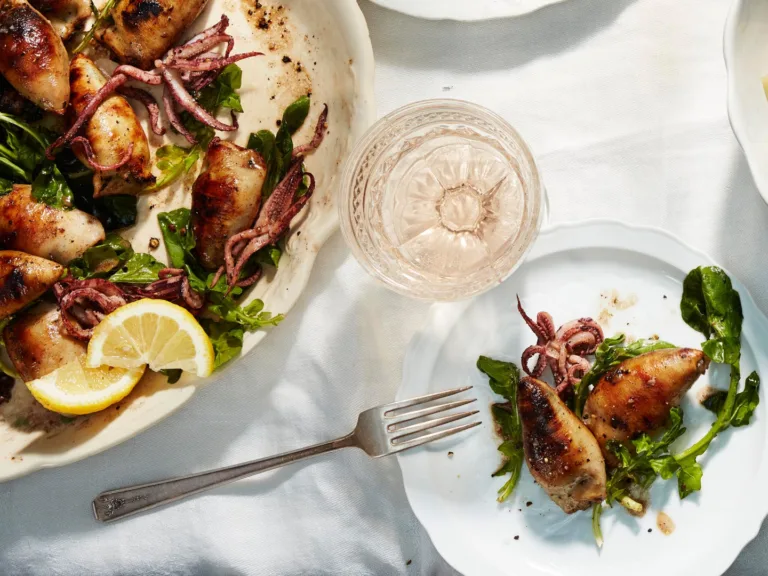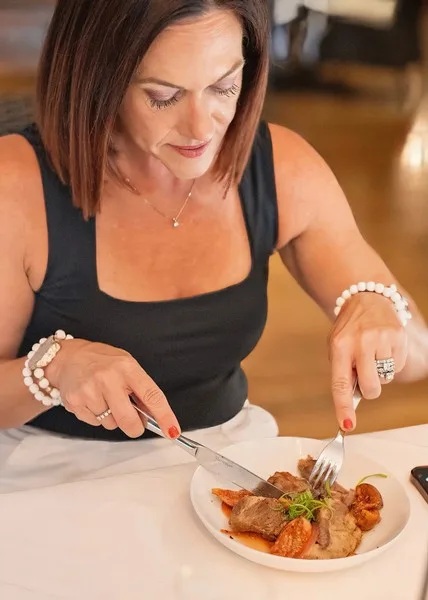What is Sparkling Wine vs. Champagne?
Sparkling wine is a type of wine that has been fermented and bottled under pressure. The carbon dioxide gas produced during fermentation is captured in the bottle and creates bubbles when you open it, giving sparkling wines their characteristic fizziness.
There are several methods in making sparkling wine, each contributing to its distinct character and effervescence. Each method imparts its own nuances to the final product, offering a diverse array of sparkling wines to suit every palate.
Sparkling wines can made in several different ways:
Traditional Method or Champagne Method: The traditional method, utilized in Champagne production, entails a secondary fermentation in the bottle, where a mixture of yeast and sugar is added to the base wine, creating bubbles. This method can involve adding sugar before bottling to increase alcohol content and create a sweeter taste profile, or leaving it out entirely to create an Extra Brut or Sauvage style (very crisp, no sugar added, Zero Dosage). Producers making Cava in Spain and sparkling wine in Franciacorta, Italy or Crémant de Limoux, France use the Traditional Method as well. Charmat Method: This involves conducting the secondary fermentation in large pressurized tanks, resulting in a crisper, fruitier profile. This is a common production process for Prosecco from Italy. Ancestral Method or Pétillant Naturel (Pét-Nat): This is the oldest technique, and involves bottling the wine before the primary fermentation completes, allowing carbon dioxide produced during fermentation to naturally carbonate the wine. Carbonation Process: This
This Article was originally published on Cali Coast Wine Country





